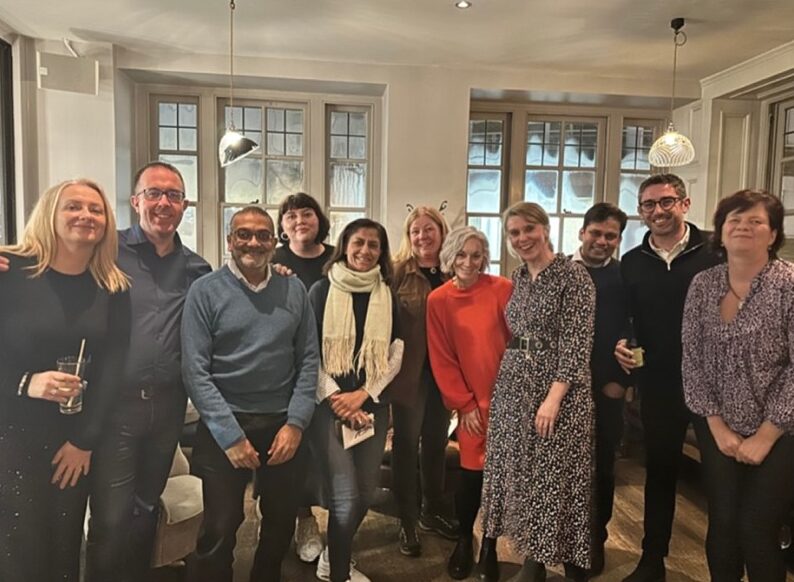"We Know What We Are, But Know Not What We May Be"
Scaling Partner Marketing in 2024
Coterie Community members can read the publications like this one as part of our exclusive “Thought Leadership” series. If you’re not a member yet, join our community today to gain access and connect with like-minded professionals.
In January 2024, a Coterie Community took place where we focused on scaling partner marketing.
In the current economic climate with shrinking budgets and resources, the idea was to think differently about how ecosystem go-to-market teams could scale activities within these constraints.
To do this, we took three key stakeholder groups and explored ideas to re-imagine how to work with them.
Here are some highlights for you to consider if you also face similar limitations…
How can we work differently with sales colleagues?
The discussion around sales teams highlighted the need for synergising measurement and programme enablement with partners. Many enablement programmes are conducted separately (sales in one, marketing in another, and partners separately again) – can you bring them together and save time/effort? Plus with the bonus of aligning channel partners and sales. Another idea was to improve the use of customer data that sales is sat on, and also work with product teams to help spot which partners are the most optimal for sales engagement. Also implementing AI tools like ChatGPT and CoPilot can scale partner sales and marketing engagement by having predefined/automated channel sales models and enablement scripts. And finally, a big point was eliminating duplicate reporting – sales and marketing creating separate reports, there must be an opportunity to combine them.
How do we engage with partners in more optimal way?
For partners, one idea was to shift from traditional channel engagements such as in-person (golf, pub meet-ups) social events to webinars and digital interactions. We also explored integrating a broader ecosystem of vendors into a partner’s marketing activity e.g. 3+ vendors to achieve scale and improve customer traction. We were reminded to create content that is relevant to partners. It is very easy to get focused on product/technical insights but what are the most pressing questions that a partner needs answering via content? The group also questioned the effectiveness of partners’ nurturing opportunities and if this was better placed with vendors. Being selective in the use of Market Development Funds (MDF) was flagged, if the partner can’t effectively use it is it better to not offer it – consider the opportunity cost. Finally, newsletters were banished to room 101.
How can we scale working more closely with our extended marketing team/peers?
The discussion on working with the extended marketing teams i.e. field, digital and events covered many areas. From the bold step of stopping doing in-person events in favour of digital engagement strategies; to making the most of the growing trend for partners to be on marketplaces – go to where your partners are promoting themselves. We also looked at applying field and ABM marketing strategies to partners – that are delivered by field and marketing. This focuses on embedding partners into the mainstream marketing activities. There was also the discussion of again taking the bold step to stop supporting low-performing partners. Finally, the need to recruit experienced marketers into partner marketing roles who have the knowledge and experience to create highly scalable programmes, was a critical point.
Seven golden threads flowed through all the discussions:
The importance of listening to partners
Using data for informed decisions
Breaking out of traditional silos in partner marketing
Exploring AI’s role in redefining partner marketing approaches
Closer integration of partner marketing with field activities
The evolving role of marketplaces in partner marketing
Smart allocations of MDF




